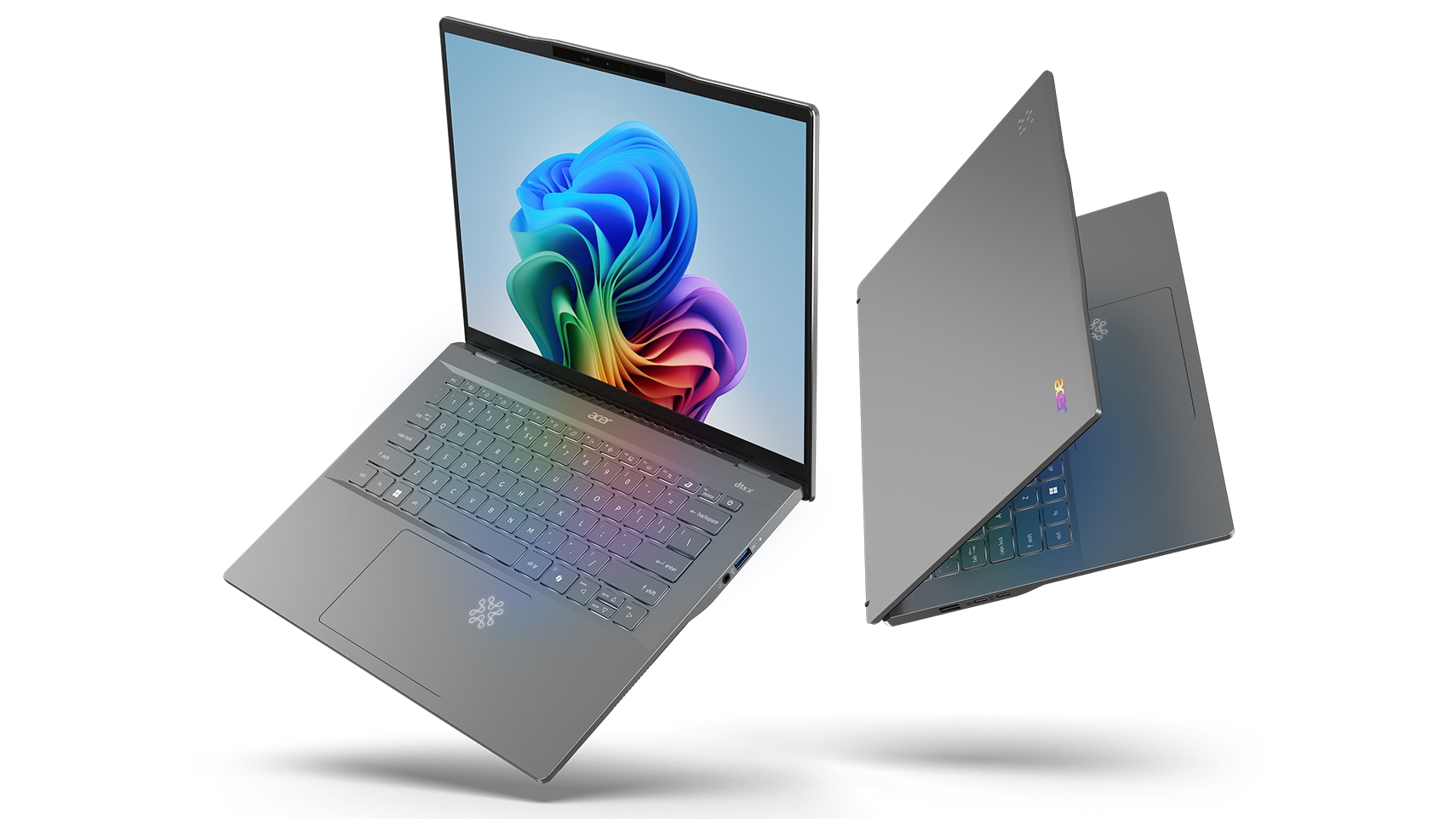
With Arm now staking itself in the PC landscape (thanks to Qualcomm and Microsoft), Arm Holdings CEO Rene Haas has made an incredible statement (reported by Reuters) regarding future market share. By 2029, he expects more than 50% of Windows PC users to run Arm-based chips instead of x86 processors.
"Arm's market share in Windows - I think, truly, in the next five years, it could be better than 50%," — Arm Holdings CEO Rene Haas
Haas' statement is as wild as it gets. Arm has been around for a few years in the PC landscape, but it is gaining new life with the introduction of Qualcomm's Snapdragon X Elite and X Plus Arm SoCs, which are capable of competing with the Best CPUs on the market (at least according to official Qualcomm benchmarks). By contrast, x86 has completely dominated the PC landscape since the conception of a PC started four decades ago.
Haas' confidence in Arm is backed by Microsoft's dedication to the Arm ecosystem. Hass explains that Microsoft has gone well beyond anything it has done previously with Arm in the last couple of years (speaking in terms of development). Haas continued saying that Microsoft is very much committed to Arm from a software standpoint.
There is certainly a lot going on for Arm right now, and Hass is right. Microsoft has never been more committed to the Arm ecosystem than it is currently with Windows 11 on Arm. Technically, Microsoft's crusade into the Arm world started all the way back during the Windows RT era, but it never really took off until recently with the likes of both Windows 10 on Arm and Windows 11 on Arm. Thanks to Microsoft's constant development of Arm over the past decade, it has finally reached a state where it feels robust and ready for mainstream support, with strong support for both customers and developers alike. On the developer side, Visual Studio, .NET 6, and the VC++ toolchain all support Windows on Arm. Microsoft also has a plethora of developer tutorials on its learn.microsoft site teaching individuals how to code drivers and apps with Arm in mind.
The software conglomerate even went the extra mile and built its own x86 to Arm compatibility layer for Windows 11 on Arm so that Arm-based devices don't have to play catch up to x86 regarding app support. Something that Microsoft learned the hard way with Windows RT.
However, 50% and greater adoption is a tough pill to swallow even by 2029. Arm might be ready for mainstream customer support, but that doesn't mean everyone will jump the gun and buy a Copilot+ PC with an Arm chip inside. If we've learned anything, it is that people are keeping their computers longer than ever, making the average real-world PC upgrade path longer and longer. By now, most people are waiting four or even five years before replacing their laptop with a new one. Sure, AI is an incentive to buy a new machine, but if users can access ChatGPT online, that will be a big enough factor.
Competition is another huge factor that will play a key role in Arm's adoption on PC. Arm might be good, but nothing has told us it will dominate the PC landscape as Intel did to AMD during the 2010s. Based on what we know right now, Intel is working on a new CPU architecture (Lunar Lake) that aims to (at the very least) equalize the playing field between x86 and Qualcomm's latest Snapdragon SoCs. AMD just announced its new Strix Point Ryzen AI 300 mobile CPUs, which are advertised to have more AI performance than Qualcomm's chips.
So, while a 50% or greater adoption rate for Arm is certainly possible in the PC landscape, we can't help but doubt Haas' confidence. There are too many things going forward for x86 in the short term for Arm to truly dominate the market, which will inevitably prevent greater market share from being stolen from x86.







